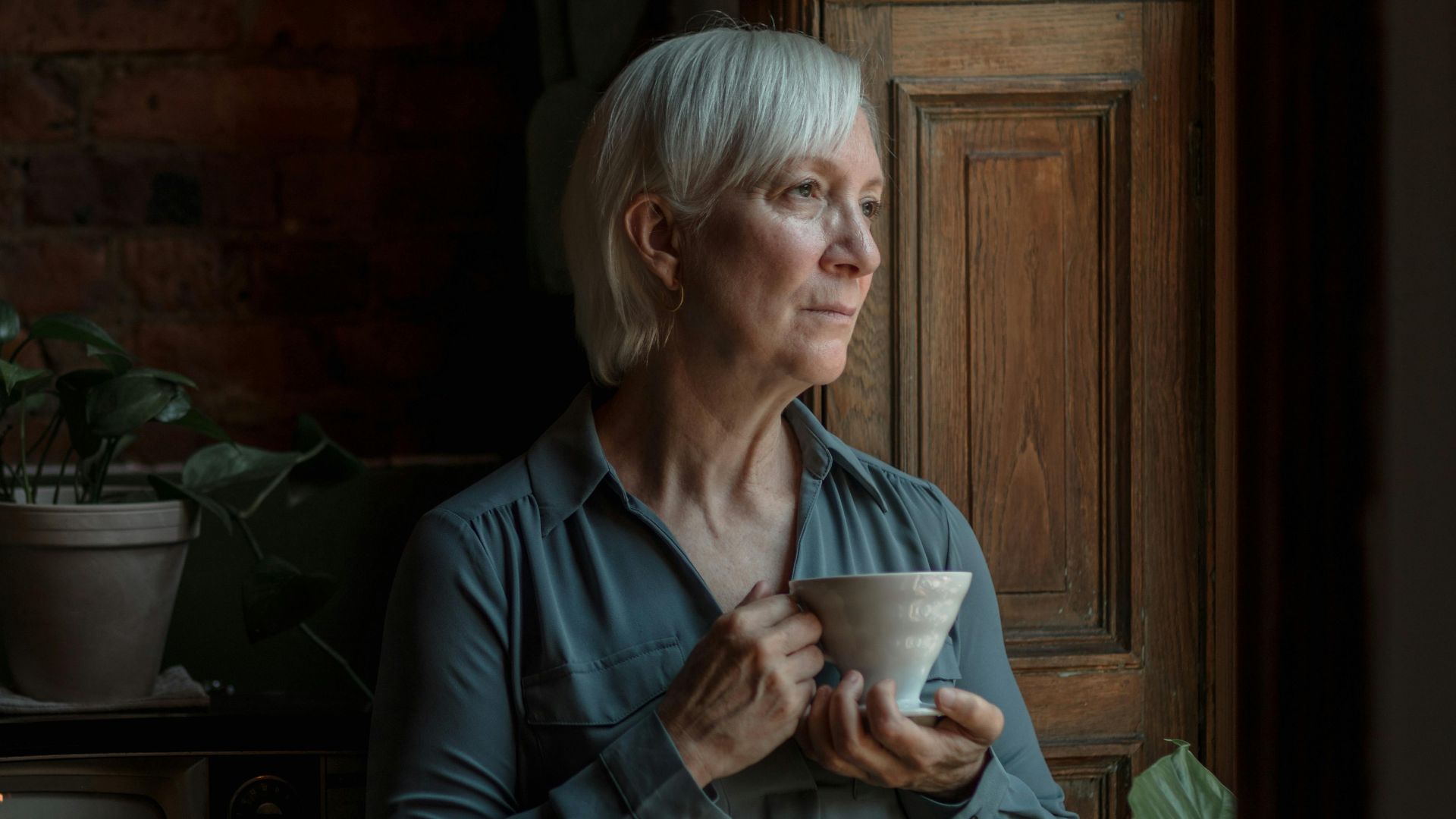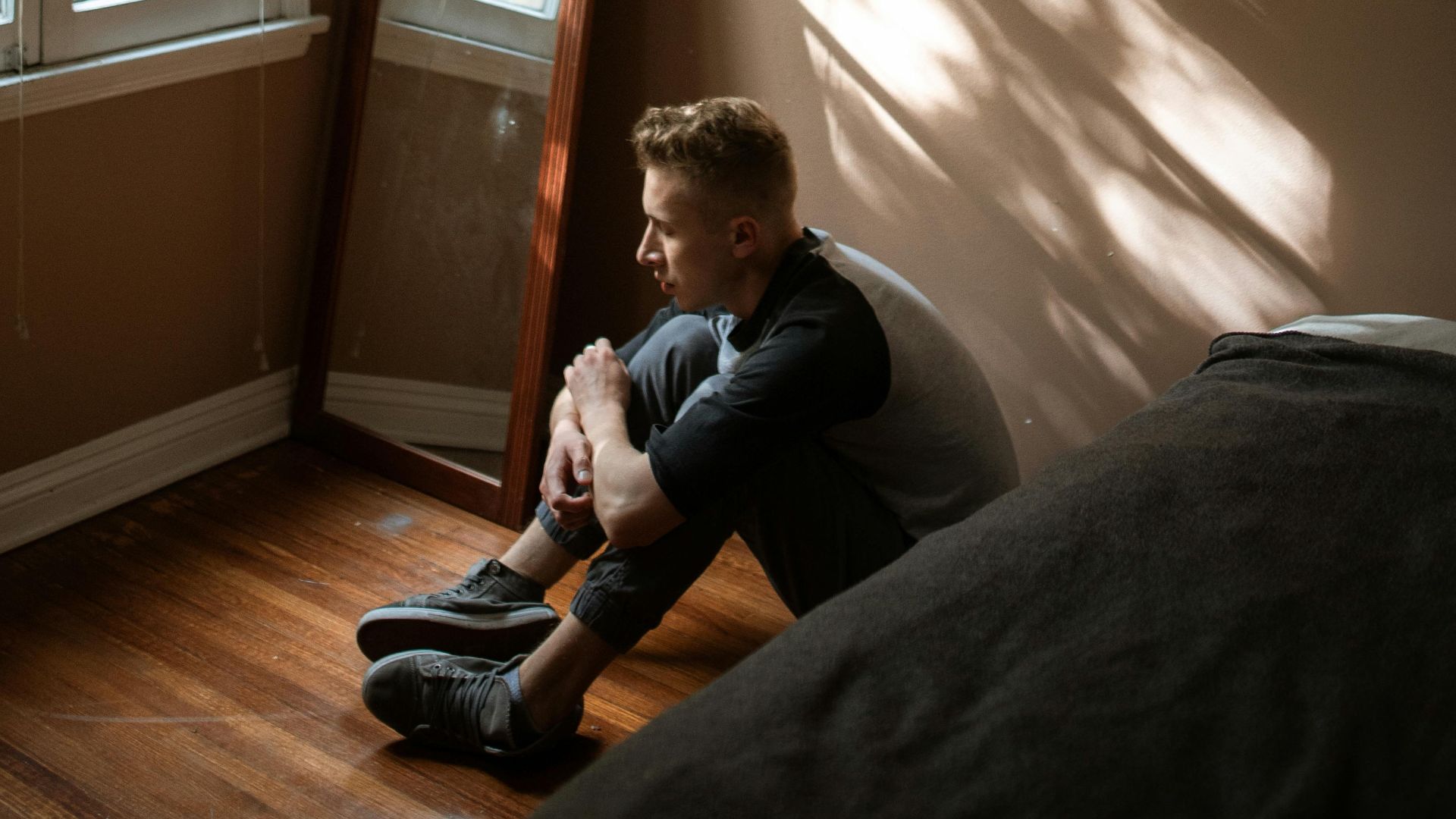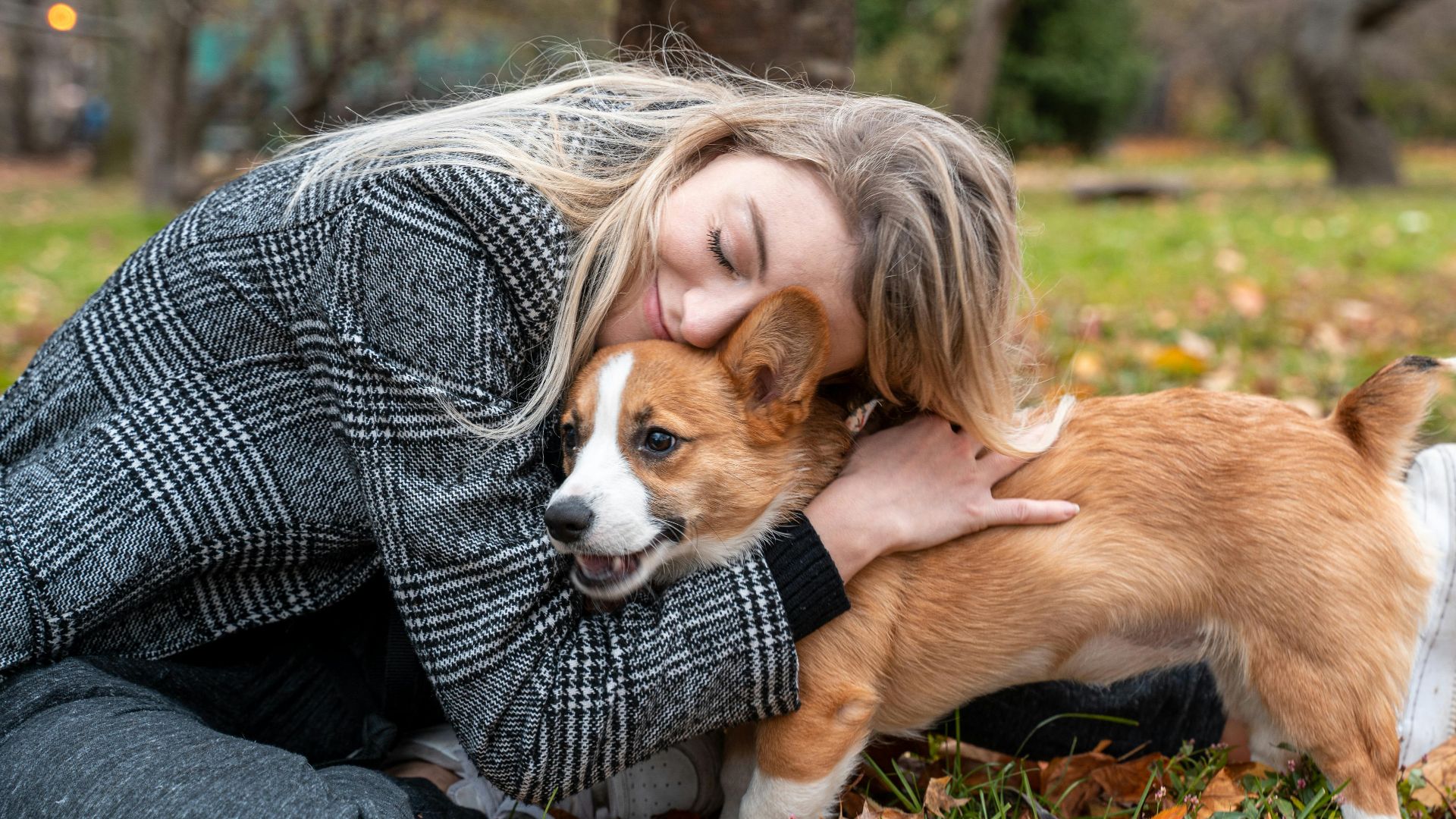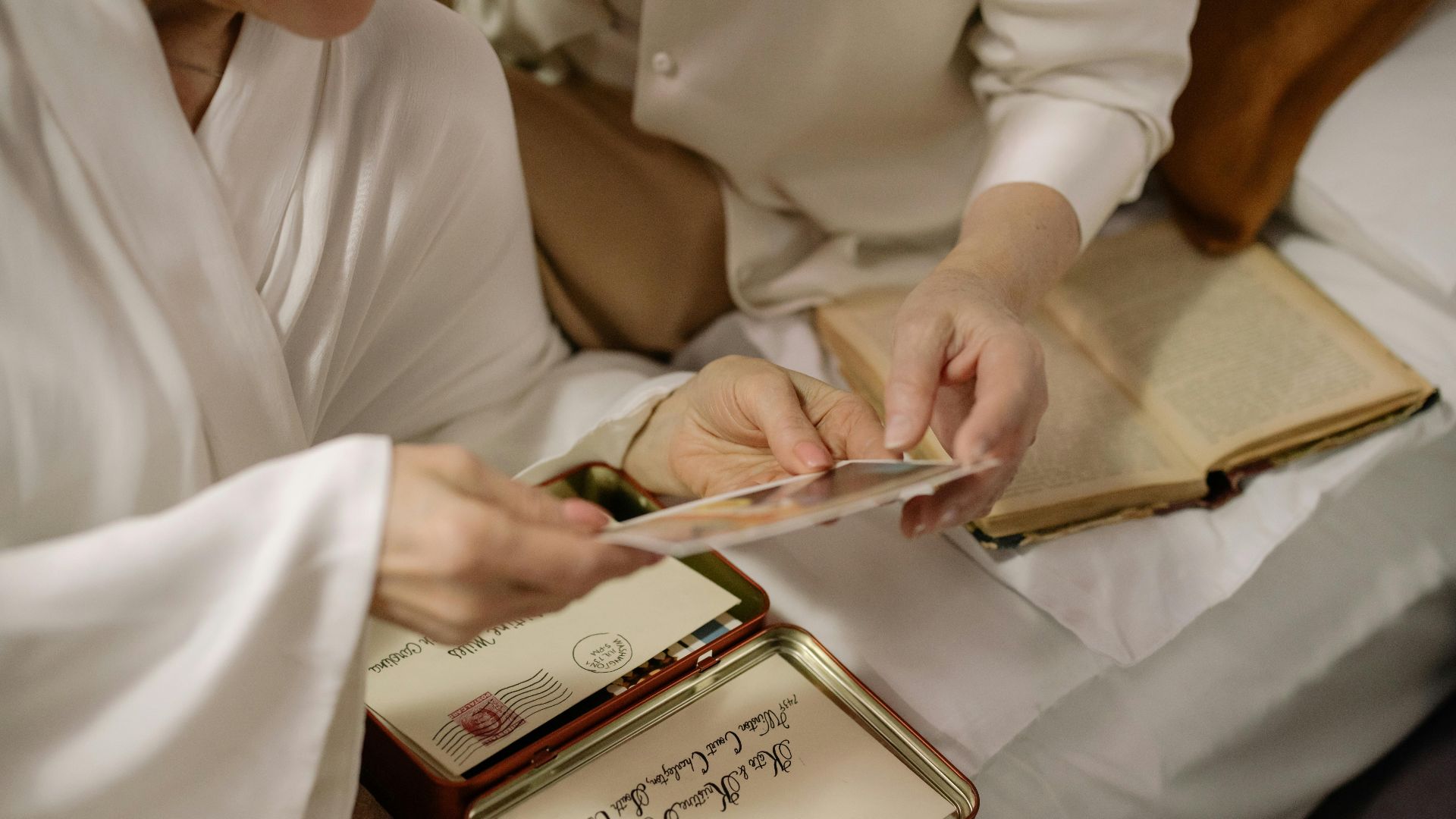Recognize Your Feelings
Most people think grief only happens when someone dies, but it shows up in countless situations that catch you completely off guard. Society expects you to bounce back quickly from non-death losses, which makes the pain even more isolating. Understanding your emotions validates what you're experiencing. So, here are the types of grief people don't talk about enough and ways to actually handle them. Let's start with recognizing what you're feeling.
1. Normal Grief
When someone experiences a major loss, normal grief is the emotional journey that follows. It often includes shifting stages like denial and acceptance, which can move back and forth over time. Also called uncomplicated grief, these emotions gradually settle, becoming gentler and easier to live with.
2. Anticipatory Grief
Sometimes grief starts even before a loss occurs. This happens when someone is preparing to say goodbye, like during a loved one’s illness. Feelings of sadness or relief can mix together during this period. It’s also a time when people find closure and resolve unfinished emotions.
3. Complicated Grief
Clinically known as persistent complex bereavement disorder, complicated grief goes far beyond typical mourning. The sorrow lingers, often feeling overwhelming, and daily life becomes difficult to manage. Emptiness and disbelief can dominate, reflecting just how deeply this form of grief can affect overall well-being.
4. Chronic Grief
For some, grief doesn’t ease with time—it keeps echoing. Chronic grief holds people in prolonged emotional pain and makes it hard to move forward. The intensity can last for years and may resemble depression. Because of its long-term nature, daily routines and joy feel distant and difficult to reclaim.
5. Delayed Grief
Delayed grief occurs when the heart pauses its response to a painful event, only to release it much later. These emotions then get triggered unexpectedly by memories or reminders. The reaction may surprise people who didn’t realize how deeply the loss affected them.
6. Distorted Grief
When grief takes an intense turn, it can appear through anger or self-destructive behavior. This reaction, known as distorted grief, emerges if emotions are misdirected. People might lash out or blame themselves by feeling trapped in unresolved pain. It’s as if the anger stage overstays its welcome and overshadows healing.
7. Exaggerated Grief
Sometimes the intensity of grief expands beyond what others expect. Exaggerated grief can involve panic attacks or harmful behaviors that disrupt daily life. Because emotions are so heightened, professional care often helps bring balance. Without support, the line between grief and other conditions can blur and cause confusion.
8. Cumulative Grief
Cumulative grief happens when someone faces multiple losses before processing each one. It leaves people emotionally drained and struggling to cope. Many experienced this during the pandemic, when grief piled up faster than the heart could manage and made healing even harder.
9. Secondary Loss Grief
Losing someone can also take away pieces of your identity or lifestyle. Secondary loss grief appears if those ripple effects, like financial strain or lost friendships, set in. These additional losses are just as real as the first.
10. Ambiguous Loss Grief
Grieving without closure creates deep emotional confusion. Ambiguous loss happens when someone is missing, unreachable, or mentally absent, such as in dementia. The uncertainty keeps people balancing between hope and sadness. Accepting this in-between space becomes part of healing, even when answers never fully arrive.
Each type of grief feels different—but the next part will help you find comfort and healing in your own way.
1. Journal Daily Grief Emotions
Writing a little each day about your emotions can quietly ease the heaviness of grief. It helps you make sense of feelings that sometimes don’t have words. Many find comfort in setting aside the same time daily to create a small ritual that brings calm.
2. Practice Grief Yoga
Yoga can release what words can’t. Through breath and gentle movement, grief yoga allows emotions to move through you rather than stay stuck. Whether you join a class or stretch quietly outdoors, it’s a healing way to reconnect with your body and spirit.
3. Volunteer For A Cause
Volunteering for something meaningful, especially tied to your loved one’s passions, can give your healing a sense of direction. Along the way, you might meet people whose kindness reminds you how hope quietly returns.
4. Perform Farewell Rituals
Honoring someone you love doesn’t always need grand gestures. Simple rituals like lighting a candle or planting a tree can offer real peace. These acts create closure while keeping their memory alive and help you feel both grounded and connected during difficult days.
5. Join A Support Group
Sometimes the best comfort comes from others who simply understand. Join a support group to share your story freely and listen to others walking the same path. Over time, those shared moments can grow into lasting friendships and genuine healing.
6. Read Grief Books
When you’re lost in grief, books can feel like a quiet friend. Reading others’ experiences helps you feel less alone while offering small bits of understanding. Some people even start grief book clubs to turn shared reading into shared healing.
7. Write And Burn Letters
Writing letters that you’ll never send can be freeing. Pour out what’s left unsaid, then let the flames carry it away. This ritual often brings surprising release, especially when done somewhere meaningful or with others who understand that kind of goodbye.
8. Seek Animal Comfort
Animals have this beautiful way of sensing what we need without words. Spending time with a pet or therapy animal can soften lonely moments and bring calm back into your days. Their warmth and small gestures become steady reminders that you’re still cared for.
9. Meditate With Apps
Meditation apps can help you through moments when grief feels too heavy to face alone. They help steady your breathing and ease racing thoughts. Many people find comfort in meditating at the same time daily, as it becomes a small pocket of peace in the day.
10. Build A Memory Box
A memory box becomes a safe home for your favorite reminders. Photos, small keepsakes, even handwritten notes can bring warmth when you need it most. Decorating it can also feel soothing and turn the act of remembering into something creative and deeply personal.
KEEP ON READING

20 Different Ways Cold Water Will Improve Your Life



























